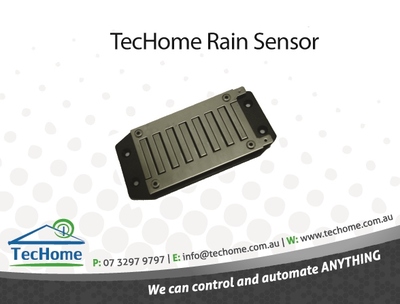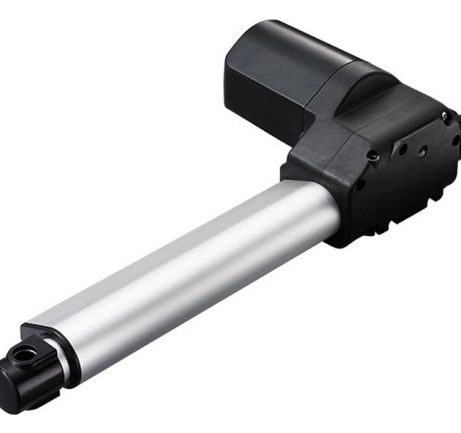Why use electric linear actuators?

Linear actuators, renowned for their ability to drive loads back and forth with precision, are pivotal in motion control systems. When selecting the optimal power source for these mechanisms, the choices can be overwhelming: hydraulic fluid, compressed air, or electricity? Each option presents its own set of advantages and challenges, making the decision a critical one. So, why opt for electric linear actuators? While they may not be suitable for every application, their versatility shines in a variety of real-world scenarios. Let’s delve into some key applications where electric linear actuators truly excel:
- Material Handling: Across diverse industries, streamlined material handling processes are essential for efficient manufacturing operations. Electric linear actuators offer smooth and reliable movement, facilitating seamless operations on the factory floor.
- Robotics: From automotive assembly lines to cutting-edge tech industries, robotics play a pivotal role in enhancing productivity, precision, and automation. Electric linear actuators are the preferred choice for these sophisticated systems, enabling precise control over movement, acceleration, and force across multiple axes simultaneously.
- Food and Beverage Manufacturing: Hygiene is paramount in industries where cleanliness is non-negotiable. Electric actuators, with their clean and quiet operation, are ideally suited for environments where stringent cleanliness standards must be met, such as food and beverage manufacturing, medical device production, and semiconductor fabrication.
- Window Automation: Large-scale facilities often rely on natural ventilation to regulate indoor temperature and air quality. Electric linear actuators simplify the remote control of heavy windows, enhancing airflow and comfort while minimizing energy consumption.
- Agricultural Machinery: While hydraulic systems are prevalent in heavy agricultural equipment, electric actuators find their niche in applications requiring precise movements and direct contact with food products. Examples include combines, spreaders, and tractors, where finessed movements are essential for optimal performance.
- Solar Panel Operation: Maximizing energy production requires solar panels to track the sun’s movement throughout the day. Electric actuators provide efficient and consistent control over solar panel positioning, ensuring optimal performance in commercial installations and utility-scale solar farms.
- Cutting Equipment: Precision is paramount in industries such as carpet manufacturing and printing, where electric actuators are utilised to raise and lower cutting blades with accuracy. Their clean design is particularly advantageous in environments where cleanliness is critical, such as cleanrooms and sterile production areas.
- Valve Operation: Processing plants rely on valves to regulate the flow of materials throughout the facility. Electric linear actuators offer precise control over valve movements, ensuring smooth and efficient operation in industries such as oil and gas, chemical processing, and water treatment.
- Non-Industrial Applications: Beyond industrial settings, electric linear actuators are increasingly utilised in residential and office environments for various applications. From remote-controlled windows and adjustable window coverings to ergonomic furniture and accessibility aids, these actuators enhance convenience and comfort in everyday living spaces.
While electric linear actuators may not be universally applicable, their versatility, precision, and reliability make them indispensable in a wide range of real-world applications. Whether it’s improving manufacturing efficiency, enhancing workplace ergonomics, or optimizing energy usage, electric linear actuators continue to revolutionize motion control across industries.
Contact us for more information about our electric actuators by clicking HERE.
- Mar 2019
- Jun 2019
- Jul 2019
- Oct 2019
- Feb 2020
- Mar 2021
- Jul 2021
- Sep 2021
- Oct 2021
- Nov 2021
- Jan 2022
- Feb 2022
- Mar 2022
- Apr 2022
- May 2022
- Jul 2022
- Sep 2022
- Oct 2022
- Nov 2022
- Dec 2022
- Jan 2023
- Feb 2023
- Mar 2023
- Apr 2023
- May 2023
- Jun 2023
- Aug 2023
- Oct 2023
- Jan 2024
- Feb 2024
- Apr 2024
- May 2024
- Jun 2024
- Jul 2024
- Aug 2024
- Sep 2024
- Oct 2024



